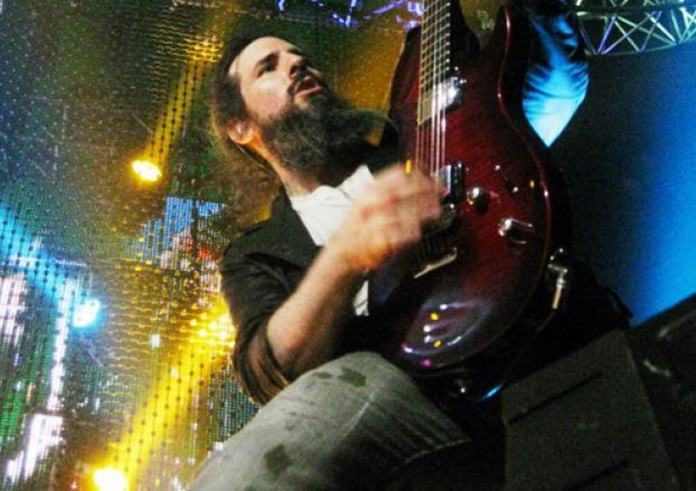It would appear to me that every second bar in Pattaya features a live band. These bands are not only made up of musicians, but of people who are also very adept to playing in the half dark or under rotating red and blue lighting. Correct? So how do you capture the stage presence with your camera?

The difference between stage photography and most other branches of photography is trying to get a decent image using diabolical stage lighting. This is quite different from that you normally experience. Stage lighting is generally tungsten based and sharp (what we call “spectral” lighting). Spots for the performers and floods for the background are the hallmarks of the usual stage lighting. The use of spots in particular is used to highlight the principal performer or action on stage.
To compound the problems, the stage has activity on it. Mick Jagger will not stop for you to focus while he is running frenetically from one side of the stage to the other. You cannot quite ask someone in the middle of Othello’s death bed scene to hold that pose and say “Cheese”. Sugar plum fairies can’t stand on their points in toe shoes for best positions.
Successful “stage” photographs manage to retain that “stagey” lighting feel to them, so that instantly you look at the image you know it is of a performer on a stage somewhere. Remember, that as a photographer you are recording events, people and places as they happen. You are a mirror of the world!
The secret of retaining that stage feel is in the lighting. Because it tends to be dark, the first thing the average photographer will do is to bolt on his million megawatt gerblinden flash gun with enough power to light up the far side of the moon. While understandable, I do not endorse that approach to stage photography, but more on that shortly.
Do you use a telephoto lens? No. Because it gets you too far from the light falling on the performers. Again it is the old adage of “walk several meters closer” for this type of photography too. Use a standard lens and get close. If needs be, find which row seat you need to be able to do this. All part of being prepared.
Now in the good old ‘film’ days, you got hold of some “fast” film. 800 ASA if you could, but 400 ASA will do. It was a good all-round film that does not give too “grainy” an image, yet will allow for handholding the camera in the stage situation. However, with today’s digital cameras, I have found you can run the camera on a nominal 200 ASA, or 800 ASA at most. (Anything over this and the digital image begins to break down.)
So, what about lighting? Pro photographer’s tip – leave the flash in the bag, or turn it off at the camera. Now I know it is dark, but you are trying to retain the stage lighting effects. In other words, you are going to let the stage’s lighting technician be the source of light for your photograph.
Now get a seat as close to the action as you can, and then select a lens that can allow you to fill the frame with the performers. Funnily enough, that will be, in most cases, the ‘standard’ 50 mm lens. Shots that show an entire dark stage with two tiny little people spot lit in front are not good stage shots. In fact they are not good anything shots! If all you have is a fixed lens point and shooter, get as close to the front of the stage as you can. You can still get the scene stopping shot – you have just to get very close. OK?
There is also the ‘problem’ with white balance with digital cameras. The constantly changing lights with stage performances means that the digital camera can get very confused, but honestly that is not a problem. You will still get an image that says “stage performance”, which is what you want.
Next time you are getting shots of people on stages, try turning the flash off, and you will see the end result is much better.
 |
 |
 |





